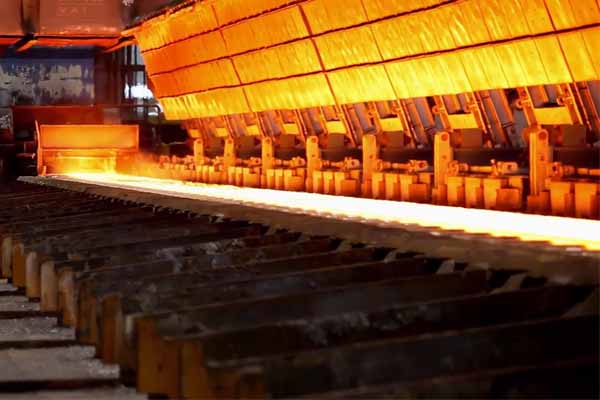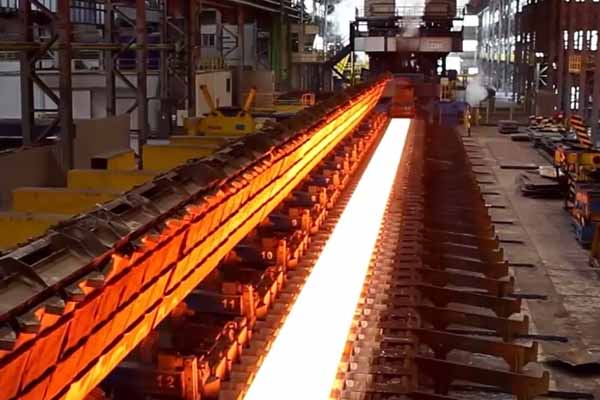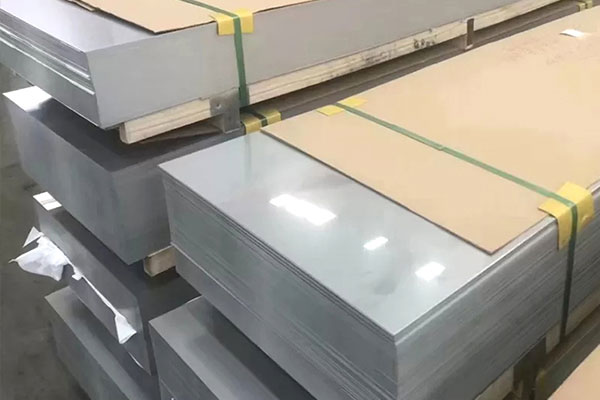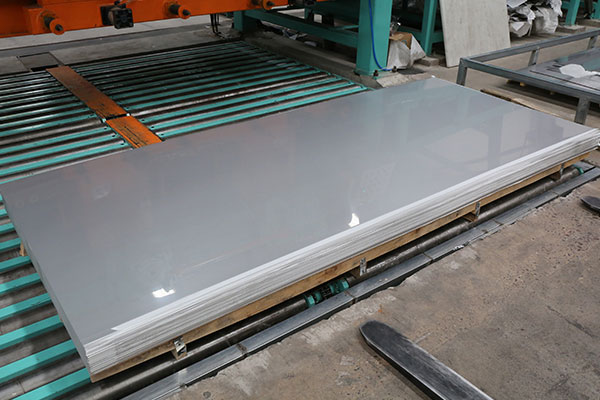Nickel: Properties and Applications
Nickel is a ferromagnetic metal known for its high ductility, excellent corrosion resistance, and ability to be polished to a mirror-like finish. As a siderophilic element, it is a major component of Earth's core alongside iron. In the Earth's crust, nickel is more abundant in iron-magnesium-rich rocks (e.g., peridotite, gabbro) than in silica-alumina-rich rocks (e.g., granite).
Key Applications of Nickel
Nickel is widely used in alloy production (e.g., nickel steel, nickel silver, cupronickel) and as a catalyst (e.g., Raney nickel for hydrogenation). Its electroplating enhances rust resistance in other metals, while nickel itself is utilized in coinage, specialized chemical vessels, electronic components, green glass manufacturing, and nickel compound synthesis. In stainless steel, nickel plays a crucial role in enhancing material properties.
Nickel’s Role in Stainless Steel
The primary function of nickel is to promote the formation of an austenitic crystal structure, improving the steel's plasticity, weldability, and toughness. While ordinary carbon steel has a body-centered cubic (BCC) ferritic structure, nickel facilitates its transformation into a face-centered cubic (FCC) austenitic structure. Other elements such as carbon, nitrogen, manganese, and copper also contribute to austenite formation, quantified by the following formula:
Austenite Stability Index (ASI) = Ni% + 30C% + 30N% + 0.5Mn% + 0.25Cu%
-
Carbon (C): Extremely potent (30× stronger than nickel), but excessive carbon can cause intergranular corrosion after welding.
-
Nitrogen (N): Similarly effective, but its gaseous nature limits its addition.
-
Manganese (Mn): While weak in direct contribution, it enhances nitrogen solubility, indirectly stabilizing austenite.
Stainless Steel Classification and Microstructure
The final crystal structure of stainless steel depends on the balance between ferrite-forming elements (e.g., chromium, iron) and austenite-forming elements:
-
200 Series Stainless Steel: Uses manganese and nitrogen to partially replace nickel (e.g., Type 201 with 4.5% Ni + 0.25% N) to achieve full austenite. Substandard 200-series alloys may reduce chromium content, compromising corrosion resistance.
-
300 Series Stainless Steel: High nickel content (e.g., 304 with 8% Ni) ensures fully austenitic, non-magnetic properties.
-
400 Series Stainless Steel: Nickel-free or low-nickel, forming fully ferritic structures (e.g., 430), which are magnetic.
-
Duplex Stainless Steel: Balanced nickel content (e.g., 2205) creates a ferrite-austenite hybrid structure, combining strength and corrosion resistance.
Nickel content must be carefully optimized to tailor stainless steel performance, with series selection based on cost, corrosion resistance, and fabrication requirements.
 English
English Русский
Русский







